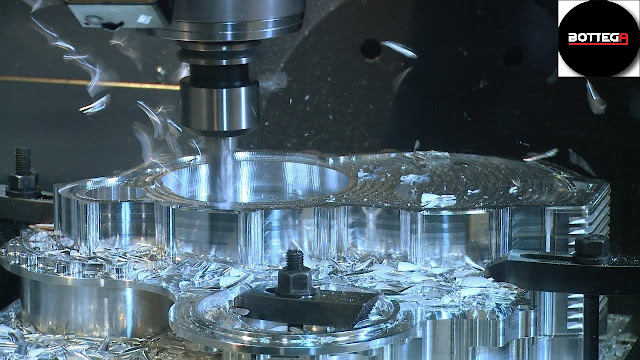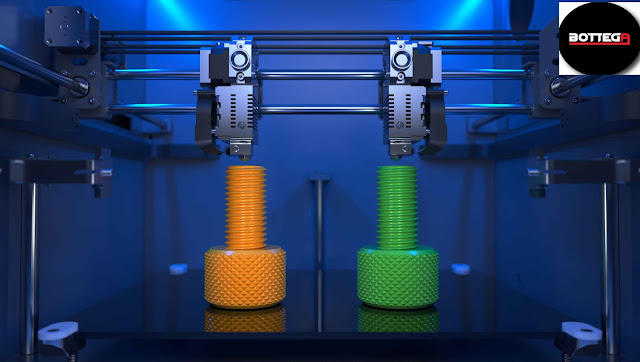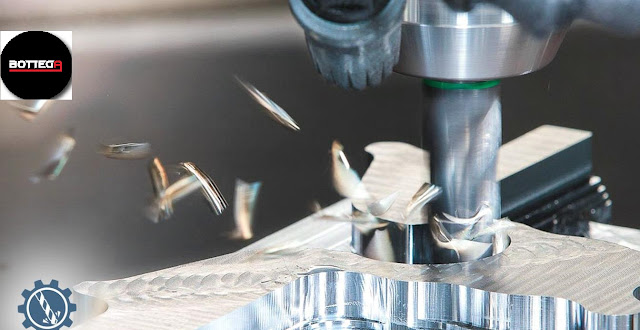From Design To Reality: The Power Of CNC Machining Milling
In the realm of modern manufacturing, there exists a remarkable technology that has revolutionised the way we bring designs to life. Its name? CNC machining milling. This powerful technique has unlocked a world of possibilities, enabling the creation of intricate and precise components with ease.
In this blog post, we will delve into the captivating world of CNC machining milling, exploring its process, benefits, and applications. So, grab a cup of coffee and join us on this enlightening journey!
Unveiling the CNC Machining Milling Process
At its core, CNC machining milling is a subtractive manufacturing process that employs computer numerical control (CNC) technology to transform raw materials into finished products. The process involves the use of a cutting tool, typically a rotating end mill, that removes material from a solid block following a predetermined path guided by a computer program.
This computer program, known as the G-code, acts as the brain of the CNC machine. It contains a set of instructions that dictate the tool's movements, ensuring precise and accurate milling.
The Advantages of CNC Machining Milling
When it comes to manufacturing, precision is paramount. That's where CNC machining milling shines. Let's explore some of the key advantages this technique offers:
- Unmatched Precision: CNC machining milling delivers unrivalled precision, allowing for intricate designs and tight tolerances. This level of accuracy ensures that the final product meets the exact specifications outlined in the initial design phase.
- Versatility: CNC machining milling can work with a wide range of materials, including metals, plastics, and composites. This versatility opens up a world of possibilities, catering to various industries and applications.
- Efficiency and Speed: With the power of automation, CNC machines can work tirelessly, churning out components with remarkable efficiency and speed. This not only increases productivity but also reduces production time and costs.
- Reproducibility: Once a CNC program is created, it can be easily replicated, ensuring consistent quality across multiple production runs. This reproducibility is crucial for industries that require large-scale manufacturing of identical components.
- Real-World Applications of CNC Machining Milling
The applications of CNC machining milling are virtually limitless. From aerospace to automotive, and from medical to consumer electronics, this technology has found its way into numerous industries. Here are some notable examples:
- Prototyping: CNC machining milling plays a vital role in rapid prototyping. It enables designers to quickly transform their concepts into physical prototypes, allowing for thorough testing and refinement before mass production.
- Tool and Die Making: The production of tools and dies demands utmost precision, making CNC machining milling an ideal choice. It ensures the creation of durable and accurate tools that can withstand the rigors of manufacturing processes.
- Custom Components: CNC machining milling caters to the demand for customised components. From personalised medical implants to intricate jewellery pieces, this technology can bring unique designs to life with exceptional detail.
- Production of Complex Parts: In industries such as aerospace and automotive, the need for complex components is ever-present. CNC machining milling enables the production of intricate parts with tight tolerances, ensuring optimal performance and safety.
Embracing the Future: Advancements in CNC Machining Milling
As technology continues to evolve, so does CNC machining milling. The field is witnessing exciting advancements that further enhance its capabilities. Here are a few notable developments:
- Multi-Axis Machining: Traditional CNC milling operates in three axes (X, Y, and Z), but advancements have led to the advent of multi-axis machining. This allows for simultaneous movement in multiple directions, enabling the creation of even more complex geometries.
- High-Speed Machining: With the introduction of faster spindle speeds and improved cutting tools, high-speed machining has become a reality. This advancement boosts productivity and reduces cycle times, making CNC machining milling even more efficient.
- Integration of Automation: Automation is a key trend in modern manufacturing, and CNC machining milling is no exception. The integration of robotics and artificial intelligence enables unmanned operations, optimising production processes and reducing human error.
Conclusion
In conclusion, CNC machining milling has revolutionised the manufacturing landscape, offering unparalleled precision, versatility, and efficiency. Its impact can be felt across industries, from rapid prototyping to complex part production.
So, whether you're an engineer, a designer, or simply fascinated by the world of manufacturing, CNC machining milling is a technology worth exploring.




Comments
Post a Comment